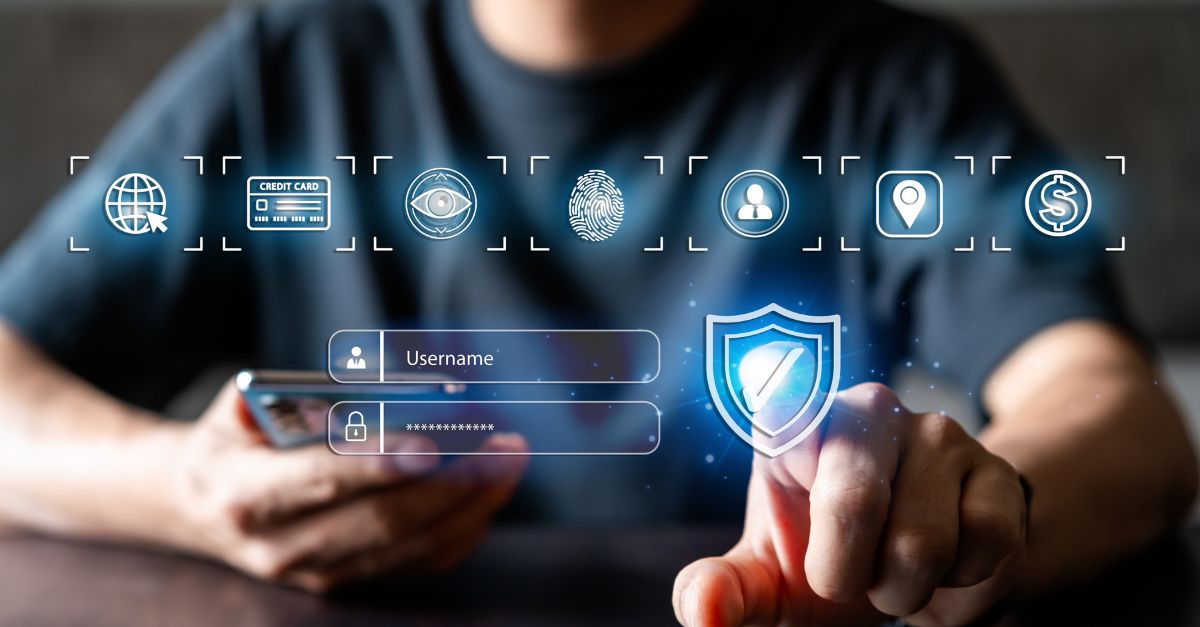Cyber security and threat prevention have risen to prominence for many business leaders today. Where cyber threats now loom large and evolve in sophistication and severity, leadership strategies have had to pivot to account for this new wave of cybercrime.
Despite significant investments in maintaining robust cyber hygiene, many large, established firms have seen firsthand how damaging a data breach or incident can be. As organizations grapple with the risk of increasingly damaging attacks through multiple attack vectors, the need for decisive, tangible cyber leadership has never been more vital.
The realization has well and truly sunk in - cyber-attacks are simply a matter of “when”, not “if.” However, visionary and forward-thinking cyber security leaders have the power to cultivate an aligned culture of awareness within their organizations, setting a benchmark for their teams to aspire towards.
Cyber maturity is not initiated overnight, but with the right approach and mindset, Chief Information Security Officers (CISOs) and other executive leaders can establish a foundation on which to build it, and promote healthy cyber hygiene from the top and down, for everybody in the company to benefit from.
The Evolving Role of Cyber Security Leadership
In the past, cyber security was - invariably - considered a purely technical domain. Now, it has evolved into a strategic business concern that demands consistent care and attention from the highest levels in any organization, regardless of sector or industry.
We have reached a point where successful cyber security leaders have to be trustworthy and relatable individuals who can bridge the gap between technical proficiency and expertise with reputable business acumen.
Cyber security leaders, especially if they don’t have a predominantly technical background, must be able to demonstrate the right leadership strategies, communication techniques and business principles for effective management in complex environments. It’s not uncommon to find that many - if stepping into a role as a CISO or Chief Information Officer (CIO) for the first time - undertake executive coaching training and mentorship to reinforce their strategy and, importantly, not be seen as an ‘outsider’.
Businesses (and by extension, their customers and suppliers) want to be reassured by somebody they can trust. Their activities and information must be adequately protected in terms of prevention, detection, reaction and recovery, and the appointed cyber security leader must be competent in the face of adversity and uncertainty.
Key Characteristics of Effective Cyber Security Leaders
1. Business Acumen
Successful cyber leaders must exhibit more than just technical expertise and prowess. They must be valuable business ‘insiders,’ possessing a solid understanding of the organization’s history, operations, challenges, and strategic goals.
By speaking the language of business and clearly illustrating how cyber security supports and aligns with these targets, leaders can begin to build trust with stakeholders and other executives across the organization. Aligning cyber security initiatives - however substantial - with over-arching business strategies must be a core priority for leaders if they are to cultivate approval from relevant internal and external parties.
Leaders must regularly engage with business departments to understand their specific needs, challenges, and successes, in order to obtain cross-departmental alignment. For the non-technical functions, any technical or intricate concepts that may prove hard to grasp must be translated into prose that can be easily understood, highlighting business impact and risk.
2. Active Listening and Stakeholder Engagement
An effective cyber security leader is a reliable voice of reason and a good listener. They understand that successful security processes, policies and initiatives require buy-in internally and externally. This means that cyber leaders must actively listen to the concerns, struggles, priorities and targets of numerous stakeholders and decision-makers, as well as those responsible for upholding buyer-supplier agreements.
Understanding and utilizing all of this information can help leaders develop resounding security strategies that actively address and solve many incumbent challenges. As such, recognition and transparency in any forthcoming cyber initiatives are more likely to be embraced with confidence. The NIST Cyber Security Framework 2.0 is a good starting point of reference for ideas and execution strategies.
Consider conducting regular stakeholder and cross-functional team meetings to gather feedback and address new and evolving cyber security challenges. Similarly, spend time gathering intel on any problems that have been addressed, contained and isolated to assess program effectiveness.
3. Long-Term Vision and Perseverance
Overhauling an organization’s cyber security posture and maturity is far from a quick fix. Long-term commitment and engagement are vital, and even ambitious cyber security leaders recognize this. If you can demonstrate that you are prepared to stay the course - even when faced with possible setbacks, resistance, and change - you are more likely to cultivate approval from your peers and wider team.
Developing comprehensive, multi-year strategies that account for evolving cyber threats, advancing technologies and changing business needs, will be a key measuring stick in your cyber hygiene efforts. Monthly and quarterly performance reviews will allow you to assess and scrutinize granular data in siloed situations, while actively looking at the organization’s trajectory towards achieving its core goals.
A long-term cyber security roadmap with realistic, achievable milestones will give departments and executives metrics to strive towards. Incremental success should be celebrated and championed, and failures - while entirely possible - must be used as learning opportunities, rather than an excuse to reprimand or downplay other achievements.
Encouraging Cyber Awareness Across the Organization
When it comes to cybercrime and data breaches, often, the first line of defence is the people working within the company.
Fostering a culture where every employee and stakeholder understands their role in maintaining a security posture is a critical role as a leader. This cultural shift is vital for creating organizational robustness that complements technical security solutions and processes.
Leaders must demonstrate good cyber etiquette in their day-to-day activities as a means of leading by example and setting a standard for the rest of the organization to follow. For any staff who are less technically adept than, for example, IT administrators and developers, implementing ongoing security awareness programs to educate them about new threats and best practices will help upskill them exponentially. Simulated exercises and incentives will also go a long way in reinforcing security knowledge, particularly as it pertains to their individual role during a breach.
For inspiration and ideas on building a security-aware culture in your organization, the SANS Security Awareness Program offers plenty of resources and tools to get started.
Fundamentally, establishing clear and open communication channels for reporting security concerns and asking pertinent questions about policies and processes will prove vital in upholding a cyber-ready culture.
A Call for Effective Cyber Security Leadership
It’s no secret that cyber threats will continue to evolve and expand, creating new vulnerabilities for firms to be mindful of. The role of visionary cyber security leadership will, also, continue to pivot and grow in importance. Leveraging technology effectively alongside the top-level strategies outlined above will provide an additional boost in maintaining cyber hygiene across your estate. In the long run, you will be in a much more powerful position to face new threats and challenges if you exhibit readiness and alignment throughout your organization.
For long-term, systematic approaches to cyber security - pertaining specifically to information management systems - the ISO/IEC 27001 standard is a tried and tested framework that enterprise leaders should strive to build towards.
For companies looking to enhance their cyber posture and implement robust solutions pertaining to access control and identity management, GlobalSign offers a comprehensive suite of solutions. From digital identity platforms and Certificate Automation Management to managed PKI services and IoT device management, we provide expertise and tools to support ambitious and forward-thinking cyber leaders in their attempts to protect their businesses and data. Find out more about how our solutions can help you maintain exemplary cyber hygiene across your enterprise.
Note: This blog article was written by a guest contributor for the purpose of offering a wider variety of content for our readers. The opinions expressed in this guest author article are solely those of the contributor and do not necessarily reflect those of GlobalSign.








